Even though toothpaste (in some form or another) has been
around as long as the Ancient Greeks have, the formula (as we know it)
did not become popular until World War I. As soon as companies began
manufacturing toothpaste, people began to purchase the magical
concoction “ guaranteed to produce glistening teeth! White teeth were all
the rage after World War I had ended, and toothpaste quickly became a
product that most people simply couldn't live without.
Toothpaste is one item that nearly everyone uses today, but what makes
this concoction so special? Whether you brush your teeth once per day or
three times per day, chances are that you've never taken the time to read
that ingredient list. Some believe that the ingredients contained in a
standard package of toothpaste are essential “ others believe that water
may be just as effective. In the end, theres a good reason why most
toothpaste packages warn: Do Not Ingest!
1. Menthol
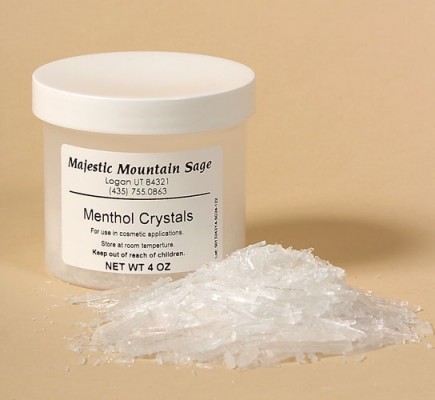
One last ingredient to add a minty note to your breath. Without menthol,
toothpaste might taste like, well, chalk, glycerin, paraffin, detergent,
titanium dioxide, and seaweed! Go ahead and ingest menthol if you like,
but sipping some tea containing menthol is a far better idea than chewing
on your tube of toothpaste.
2. Saccharin
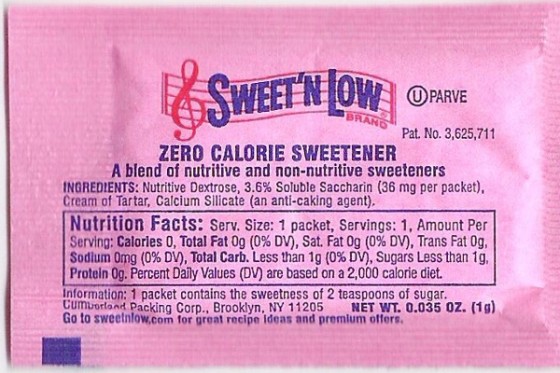
Something has to combat that terrible detergent taste! Saccharin is sweet,
but not too sweet – just the way that most people like their toothpaste!
Saccharin has been a hot topic of debate every since Theodore Roosevelt
was in the White House. The USDA tried to ban the substance in 1972,
though it is considered safe to ingest today.
3. Titanium Dioxide
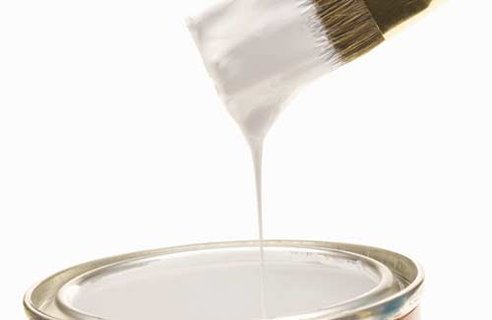
This is another common toothpaste ingredient, though its usually found in
white paint. When added to toothpaste, titanium dioxide has the safe
effect on your teeth as it does on walls “ it keeps them nice and white (for
a few hours, at least!). Ingesting titanium dioxide won't hurt you, but it
isn't recommended either.
4. Chalk
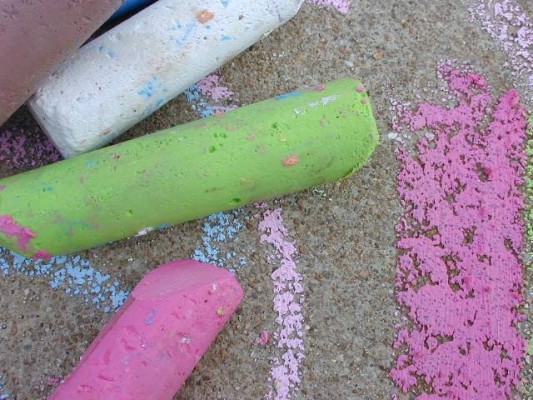
Thats right “chalk. Thanks to the fact that chalk is made from
exoskeletons, its hard enough to remove all of that caked on gunk
from your pearly whites. Chalk dust may cause lung problems if inhaled,
and swallowing a bit of chalk could cause bleeding.
5. Glycerin Glycol
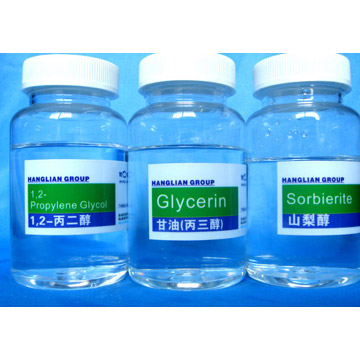
Never heard of this ingredient before? Sure about that? Glycerin glycol is
added to toothpaste in order to prevent the paste from becoming too dry
– it’s also found in antifreeze. Even though glycerin is not toxic, this
additive may cause nausea if swallowed.
6. Paraffin
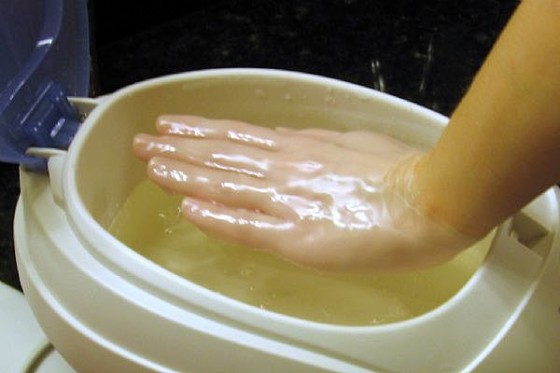
As slick as the petroleum that it is derived from, paraffin creates a smooth
paste that oozes onto your toothbrush. As you might imagine, paraffin
wasn't meant to be eaten. If you happen to swallow this ingredient, you
may end up with abdominal pain, nausea, vomiting, and severe
constipation.
7. Peppermint Oil
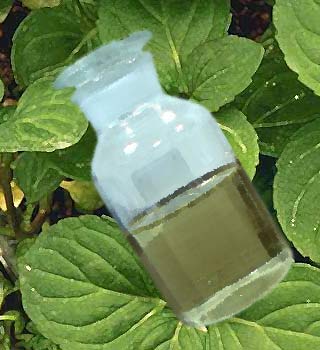
Minty, minty, minty! Fresh breath can only be kept fresh with the help of
peppermint oil! While refreshing when brushing your teeth, peppermint oil
can cause a slow pulse, heartburn, and muscle tremors if it is consumed.
8. Seaweed
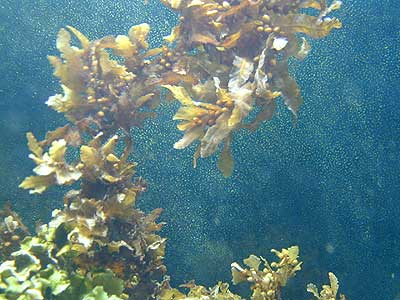
Stretchy and slimy, seaweed holds that paste together. Without this green
stuff, toothpaste would simply fall apart! The good news is that seaweed
isn't toxic. In fact, seaweed has a number of nutritional benefits, though
hitting the sushi bar is a better way of gaining those benefits.
9. Detergent
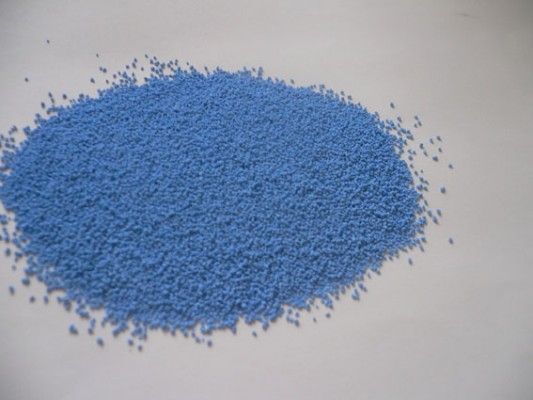
Foam, suds, activation! What would toothpaste be without that satisfying
soapy feeling? Manufacturers use regular detergent in order to appease
the masses that prefer bubbly toothpaste. While bubbles may be fun, be
careful if you accidentally ingest a large amount of this stuff – swallowing
detergent can cause digestive tract burning.
10. Formaldehyde
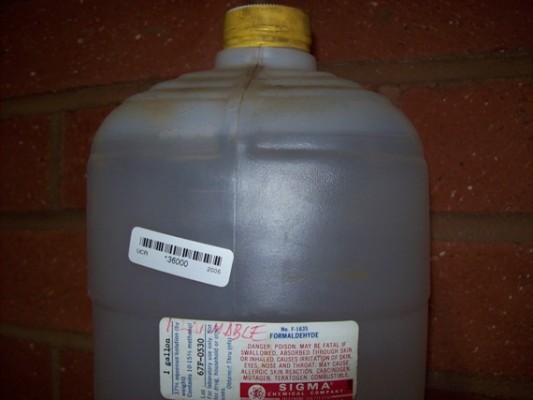
That same ingredient that coroners can't live without can be found inside
of your toothpaste tube. Formaldehyde kills all of those small bacteria that
climb onto your teeth after eating or sleeping. If a large amount of
formaldehyde is accidentally ingested, the result could be fatal. Severe
formaldehyde ingestion results in jaundice, kidney damage, liver damage,
and death.



